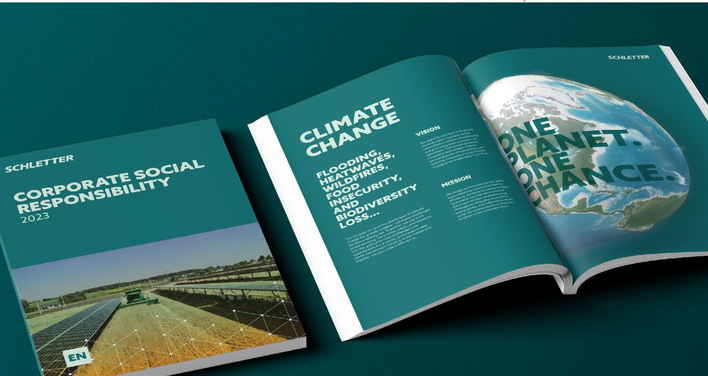To limit such overvoltage and avoid damage to the inverters or the solar batteries, it is advisable to protect solar installations not only with lightning rods and interceptors, but also with special overvoltage arresters.
Since planning a lightning protection system can be very complex, any installing company should either employ a specialist trained or at least consult one when planning and implementing a solar installation.
On DC and AC side
On the DC- as well as the AC-side of the inverter it is common to use type 2 surge arresters. The technical norms make a type 1+2 lightning current arrester (a so called combination arrester) mandatory, in cases where external lightning protection is in place while the required separation distance cannot be satisfied. A type 2 surge arrester is required for systems with switching surges and coupled overvoltage.
45 percent of the claims
Unfortunately, companies commissioned to set up smaller installations often totally ignore the issue of internal lightning protection – often even the external protection on the roof. Some insurance companies have determined that about 45 percent of claims for PV installations are down to induced surges. (HS)
Look at this, too:
Solar advice: Protect solar parks against lightning
Stay informed, get our newsletter twice a week: Register here.
Find useful products for solar generation here.
Find useful products for solar energy storage here.







